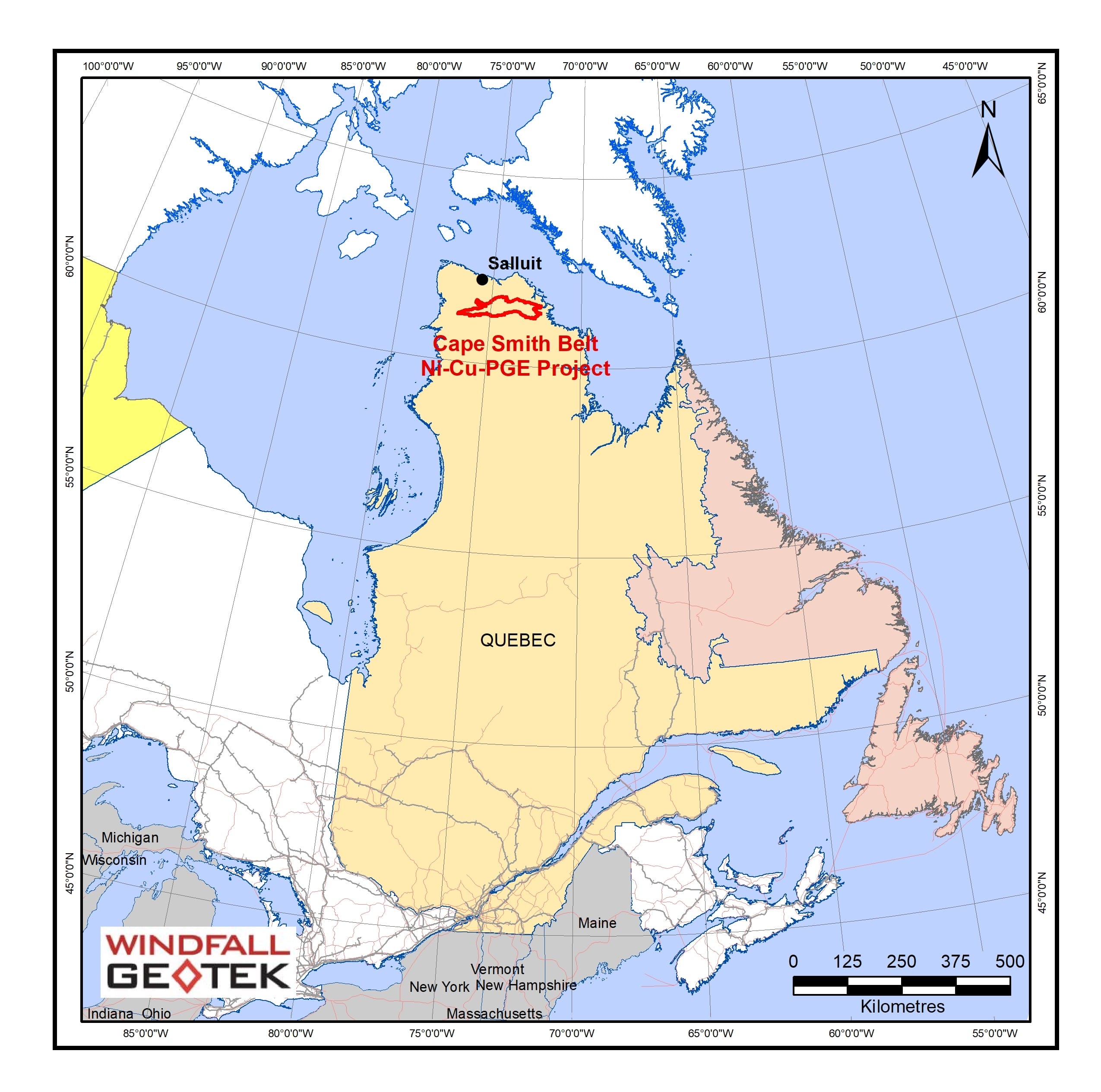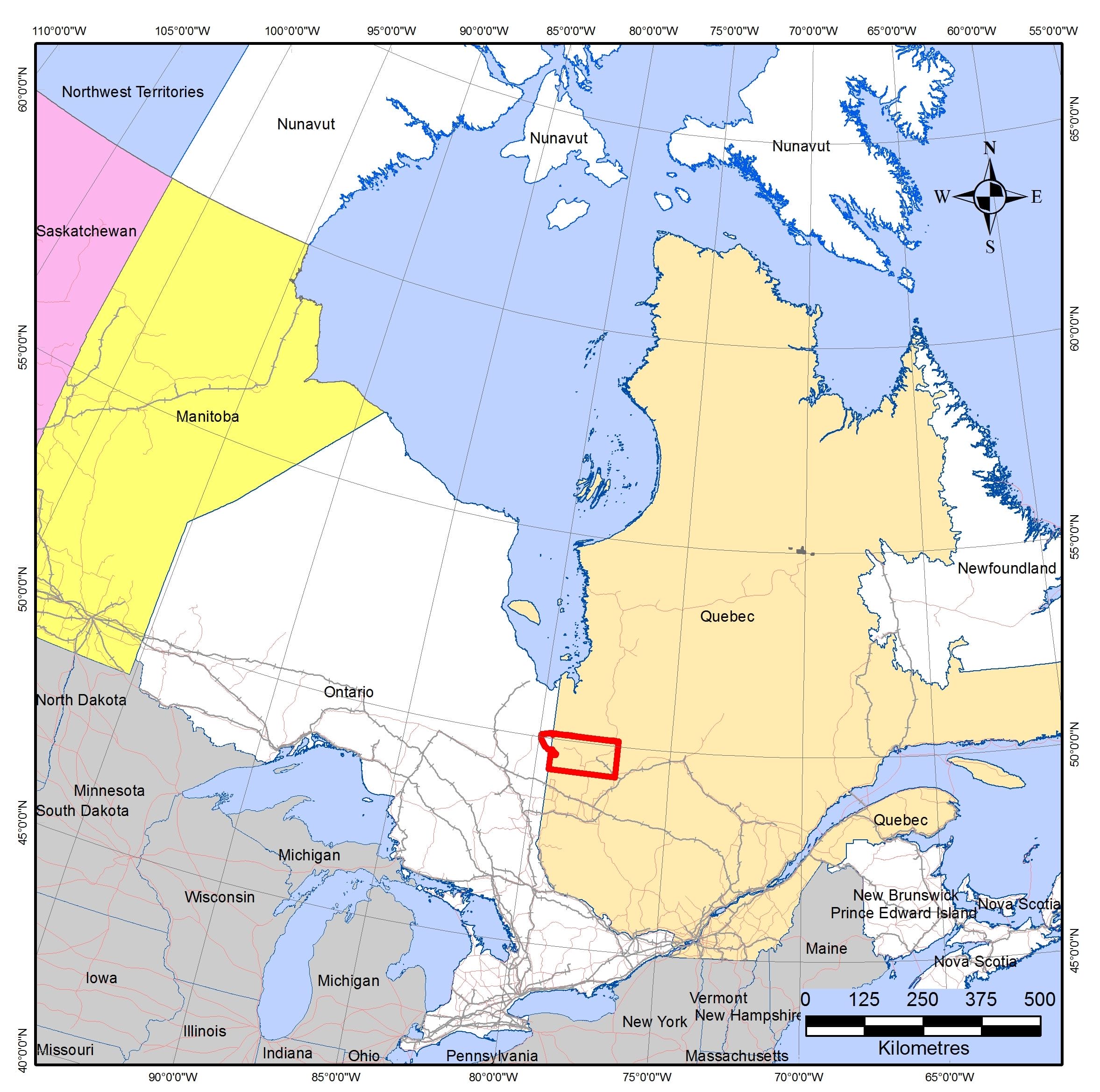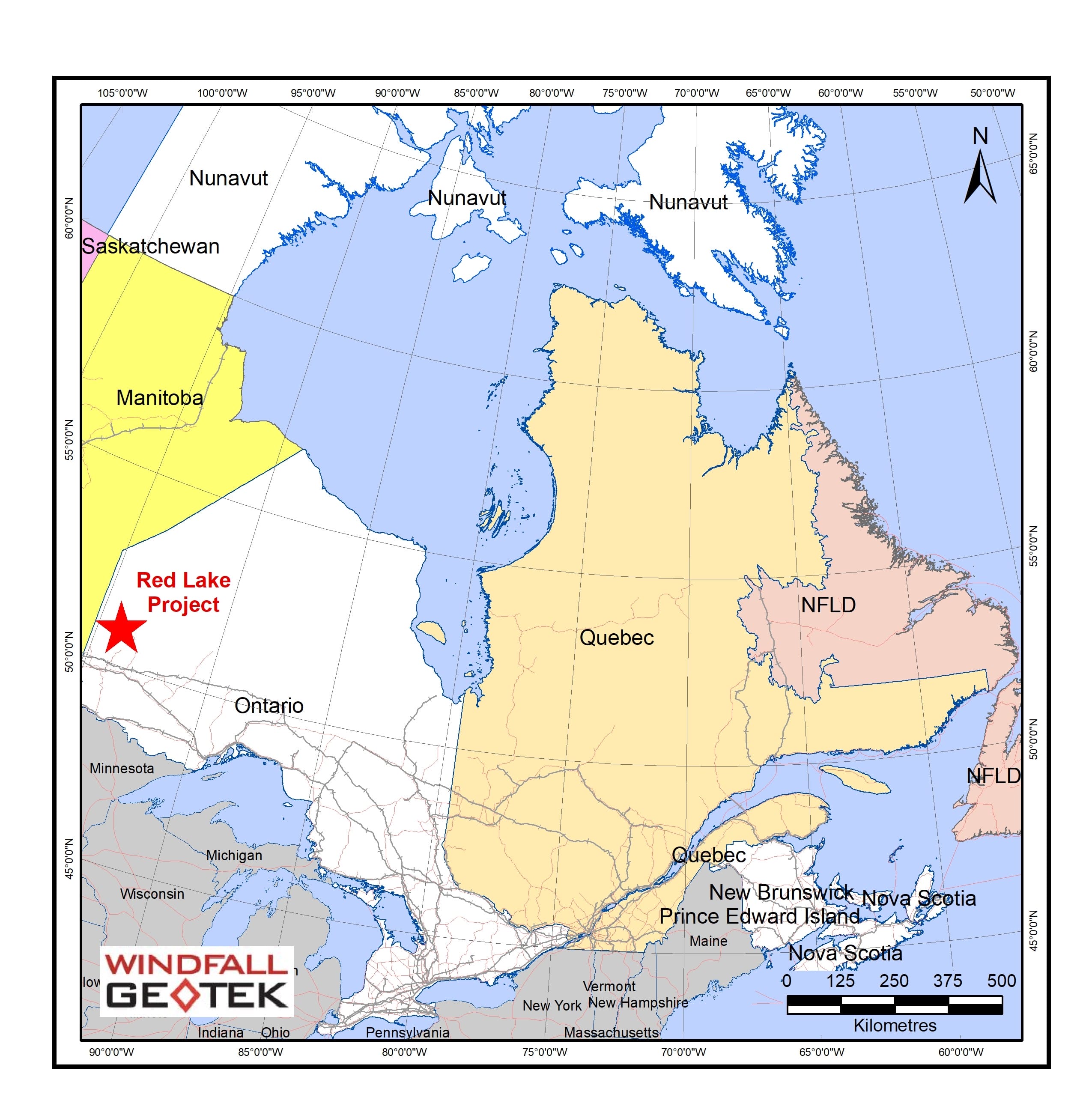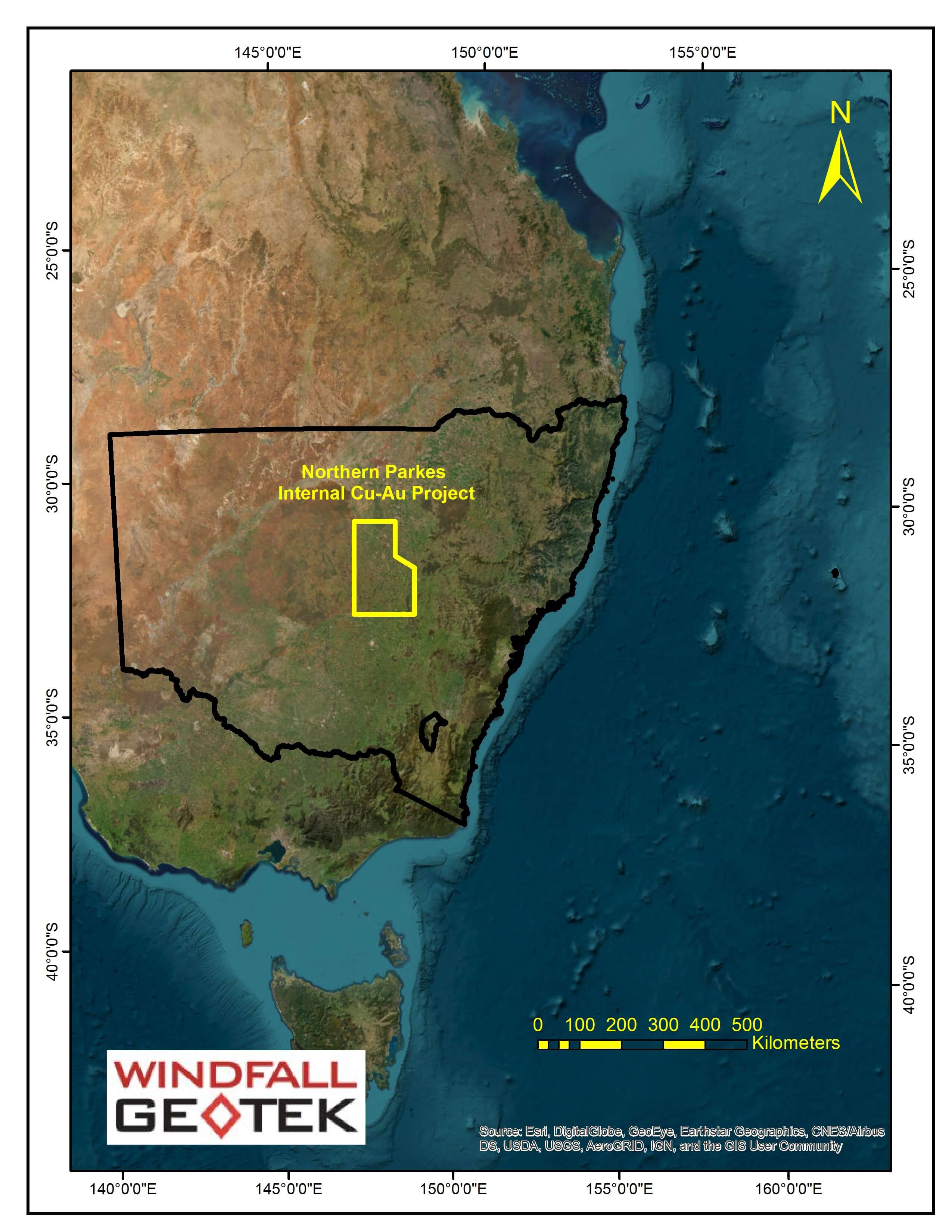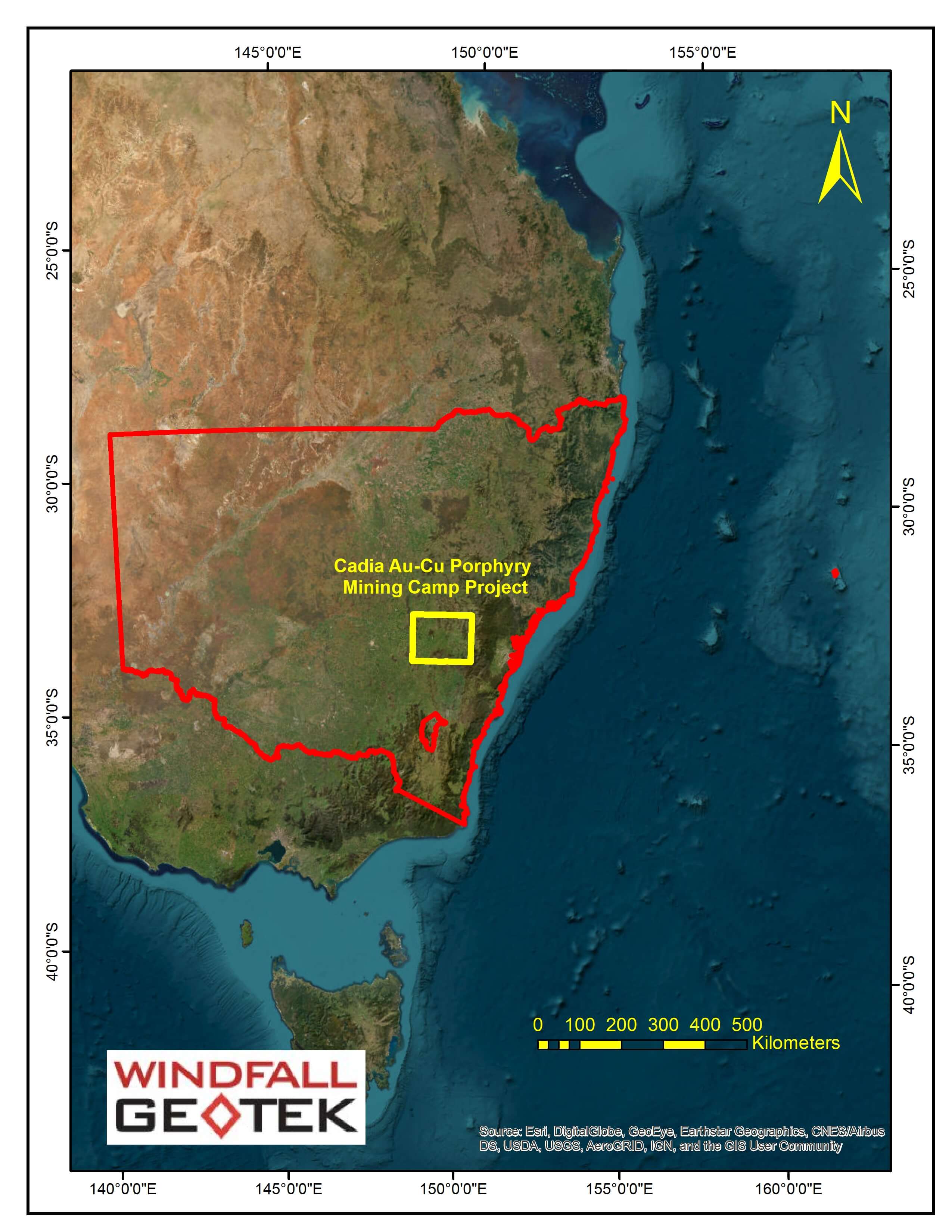Developing Exploration Targets with Windfall AI System
Read More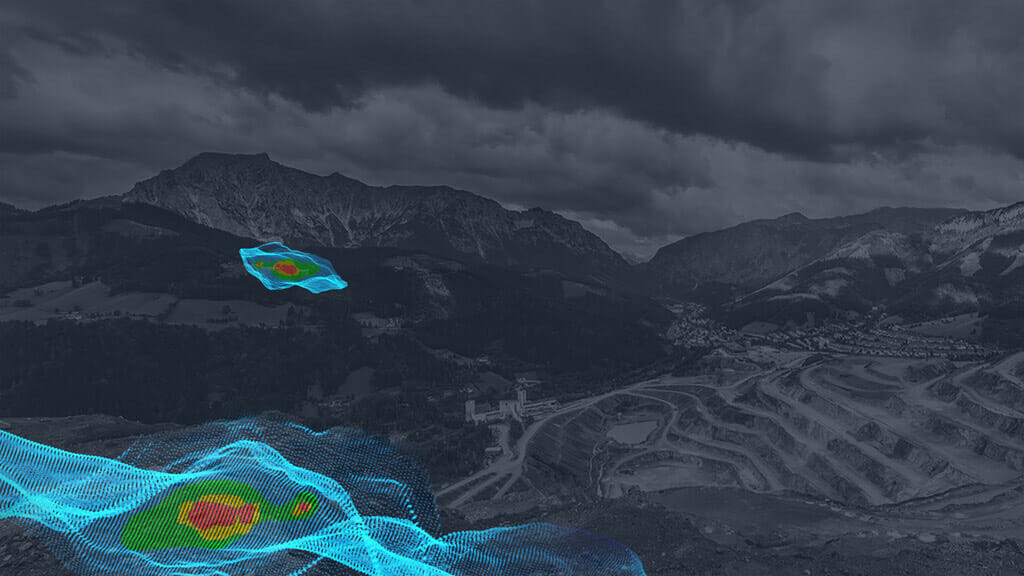
01Cape Smith Belt Ni-Cu Project (QC)
Cape Smith Belt Ni-Cu Internal Project located is located in Nunavik Territory, Quebec, approximately 90 kilometers south of the Village of Salluit, a regional community on the Arctic coast. This Project lies in the west central portion of the Cape Smith Belt, a linear belt of mafic and ultramafic magmatic rocks of Proterozoic age. Ni-Cu sulphide deposits in the Cape Smith Belt are associated with ultramafic intrusions and komatiitic flows emplaced throughout the Povungnituk Group and in particular at its upper contact with the Chukotat Group. The individual ultramafic intrusions hosting the sulphide deposits are generally thinner than 150 meters stratigraphic thickness and can be traced for 1,000 to 10,000 meters. The sulphide deposits of the Raglan Mine are typically comprised of clusters of multiple distinct lenses.
02Detour Quebec Orogenic Gold Project (QC)
The Detour Quebec Orogenic Gold Project is located along the Sunday Lake and Lower Detour deformation zones in Ontario and Quebec. The area is underlain by the Harricana-Turgeon Greenstone Belt, which forms the northern-most part of the Abitibi Subprovince near its interpreted boundary with the Opatica Subprovince. This greenstone belt is cut by a network of regional deformation corridors that extend from Ontario eastwards and separate two dominantly volcanic domains from an area dominated by volcanic-derived sedimentary rocks with minor volcanic rocks. These regional high-strain zones include the Lower Detour (LDDZ) and Sunday Lake (SLDZ) deformation zones, which track east-west and are spatially associated with significant orogenic gold mineralization, including the Detour Lake gold deposit (Ontario). In Quebec, the regionally gold mineralization, including the producing, multi-million ounce Casa Berardi deposit, the former producing Vezza mine and several advanced prospects, are associated with the Casa-Berardi deformation zone.
03Red Lake Gold Project (ON)
The Red Lake Project is located within the Red Lake Greenstone Belt (RLGB) of the Archean Superior Province of the Canadien Shield. The RLGB boats a prolific 90-year history of gold production. All major gold deposits in the RLGB are hosted within the Balmer Assemblage which includes the RLGB’s oldest volcanic rocks that are predominantly comprised of submarine mafic tholeiites and ultramafic komatiites. Gold deposits in the RLGB are classified as orogenic gold deposits and characterized by a spatial and temporal association with crustal-scale fault structures.
04Northern Parkers Porphyry Cu-Au Project (Australia)
The Northern Parkes Internal Project located in the northern Junee-Narromine Volcanic Belt (JNVB), New South Wales, Australia. The Northern Parkes Internal Project is underlain by volcanic, volcaniclastic and intrusive rocks of the Junee-Narromine Volcanic Belt (JNVB), which is the most westerly structural belt of the now disrupted Macquarie Arc. The Macquarie Arc is Australia’s premier porphyry copper-gold province host to Newcrest Mining’s Cadia deposits, the CMOC Northparkes deposits and Evolution Mining’s Cowal deposits plus numerous exploration prospects including Boda, the discovery made by Alkane Resources.
05Cadia Au-Cu Porphyry Mining Camp
Cadia Au-Cu Porphyry Mining Camp is a series of large underground and open-cut gold-copper mines developed throughout the 1990s and is a major employer in the region with an expected lifespan of several decades. Cadia is the second largest open cut mine in Australia after the Super Pit at Kalgoorlie. The Cadia East, Cadia Extended, and Ridgeway deposits are considered to be examples of alkalic porphyry gold–copper-style mineralisation. The Big Cadia deposit is a skarn style occurrence. The Cadia deposits are located in the eastern Lachlan Fold Belt of NSW and formed within the intra-oceanic Macquarie Arc, a belt of Ordovician to early Silurian mafic to intermediate volcanic, volcaniclastic and intrusive rocks.
